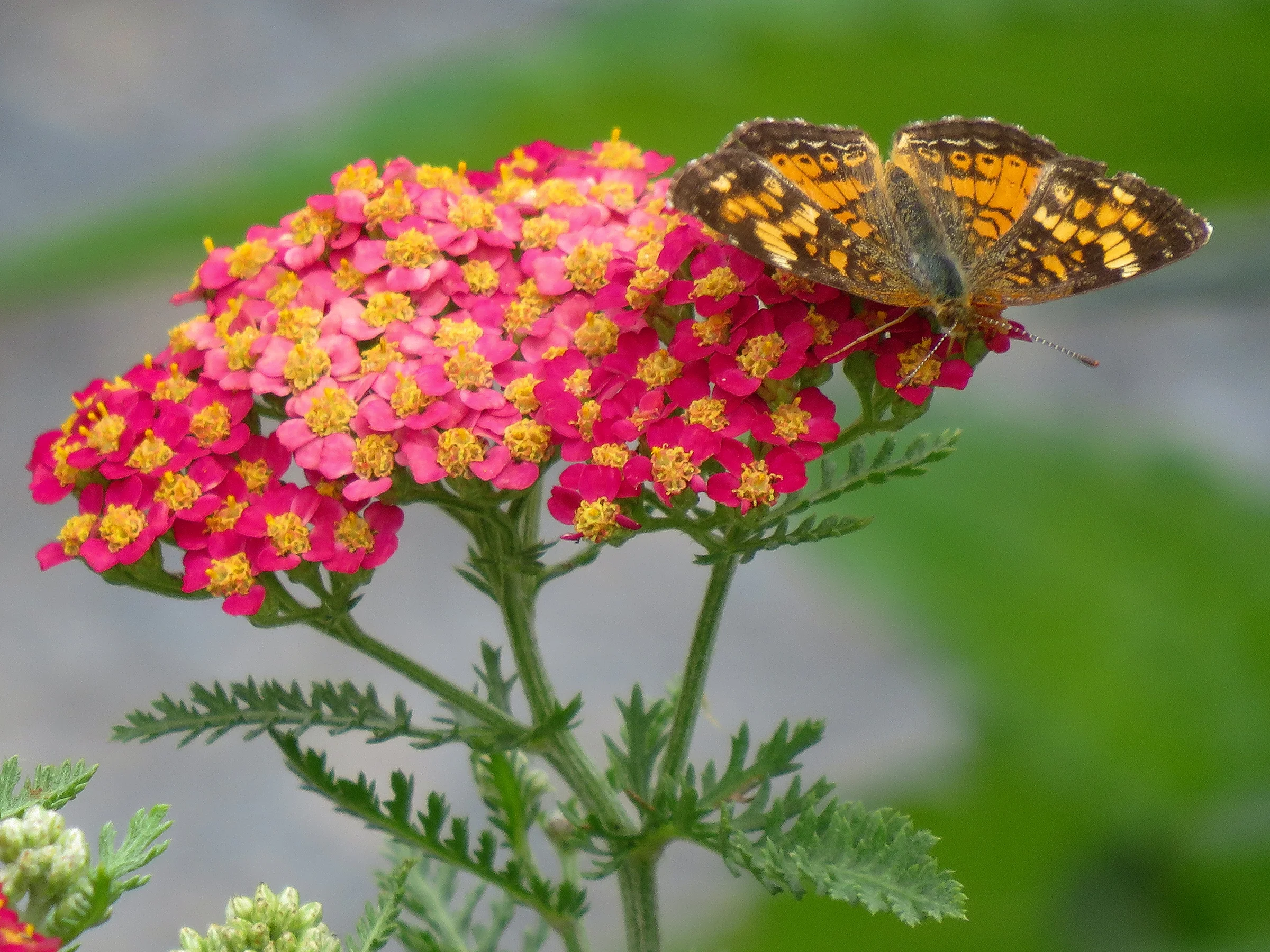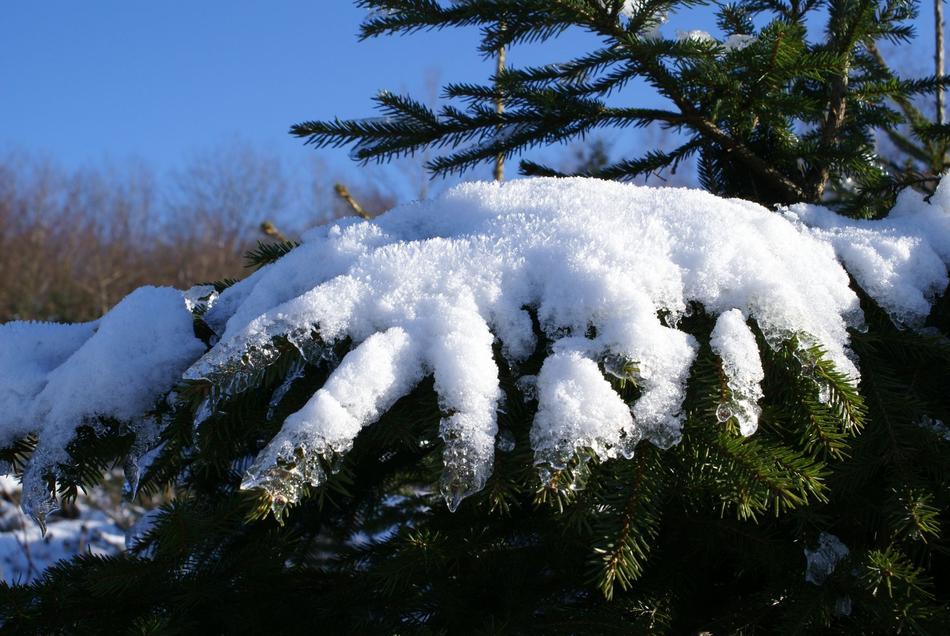From Newsletter 2015
When winter comes, we get ourselves, and our homes and gardens, ready. Our Garden makes its own preparations. Our plants can’t head inside, or put on parkas and tuques, so they have to be ready to be cold. And there’s a lot more to that than meets the eye.
There are actually two problems that plants need to solve in winter. One is damage to tissues that freeze. The other is the desiccation that results when tissues containing water are exposed to low and fluctuating temperatures – the same desiccation we see as “freezer burn” in frozen food. How do plants get through the winter in the face of these threats?
Desiccation is perhaps the lesser problem. Most of the water lost from a plant is lost through the stomata (pores) of its leaves, when they’re open to let in the carbon dioxide needed for photosynthesis. In winter, most plants simply don’t photosynthesize (with limited exceptions in evergreens). This means they can drop their leaves (deciduous trees and shrubs), die back to ground level and regrow in the spring (herbaceous perennials), or close the stomata and retain water inside leaves coated with thick, waxy, water-impermeable cuticles (evergreen trees). Problem solved – at the cost, of course, of reversing these changes come spring.
But for trees and shrubs that keep tissue aboveground all winter, escaping freeze damage is not so easy. Our plants have a toolkit, though, and in various ways they either avoid freezing even when it’s cold, or control where and how freezing happens.
How can a plant avoid freezing, when it contains so much liquid water? The same way our cars’ windshield-washer fluid reservoirs do: antifreeze. The simplest approach, if you’re a plant, is just to store lots of sugar in your cells. Water with more dissolved solutes has a lower freezing point (which is why diet pop will freeze in your garage, while sugared pop won’t), so cells with more sugar don’t freeze as quickly. Sugars are normal and common molecules in plants, so they’re easy to recruit for this function, but many plants take this a step further with specialized antifreeze proteins that are synthesized as temperatures drop. In spruce needles, antifreeze protein molecules coat tiny ice crystals and cloak them with a water-repellant surface, preventing their growth and keeping tissue water liquid down to at least -15 °C. (Actually, antifreezes are a common strategy for life in the cold: Arctic fish, overwintering insects, and many others use them to stay liquid. The results can be spectacular, for example in the larvae of one goldenrod gall moth, which in winter can be 20% glycerol by weight, and so remain unfrozen at -40 °C!)
Most plants do freeze, though, when it gets cold enough (or at least, they freeze partly). And if ice crystals are going to form inside your body, it’s best if they form in ways that don’t rip you apart. So that’s the other strategy our plants use: controlling the “nucleation sites” around which ice crystals form. Spruce antifreeze proteins are one way of doing this: by cloaking ice crystals as they form, they steer the plant toward having many tiny ice crystals – which is much less destructive than having a few large jagged ones ripping apart membranes, cells, and tissues. Plants also control the location of ice nucleation, so that when crystals do form, they form between cells (in cell walls and intercellular spaces), rather than inside cells where they could do severe damage.
So: when your nose is nipped by winter’s cold, stop to admire the hardiness overwintering shrubs and trees. And admire, too, the astonishing innovations that evolution can produce, when pressed by need and given a little time!

https://sheard.ext.unb.ca/


